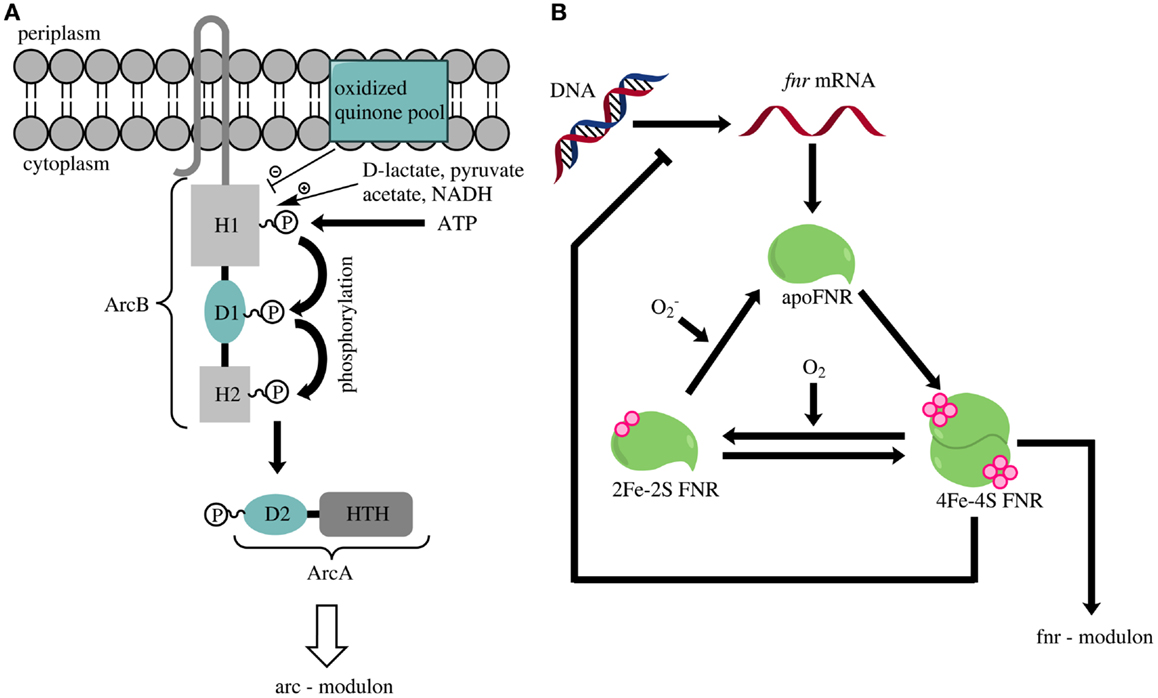Escherichia coli is known to couple aerobic respiratory catabolism to ATP synthesisby virtue of the primary generators of the proton motive force—... Aerobic.
Escherichia coli contains a versatile respiratory chain that oxidizes 10 different electron donor substrates and transfers the electrons to terminal reductases or oxidases for the.
A long-term selection experiment was undertaken to investigate the genetic changes that underpin how the facultative anaerobe, Escherichia coli, adapts to.
Introduction. The model organism Escherichia coli is a facultative anaerobic bacterium, i.e. it is able to grow in both aerobic and anaerobic environments. To do so,.
Results showed that E. coli PI7 decayed at a significantly slower rate under anaerobic conditions. Approximate half-lives were 32.4 ± 1.4 h and 5.9 ± 0.9 h in the anaerobic and.
Aerobic Escherichia coli growth at restricted iron concentrations (≤ 1.75 ± 0.04 μM) is characterized by lower biomass yield, higher acetate.
In this study, we determined the aerobic and anaerobic toxicities of sulfonamides (SAs) on Escherichia coli. Next, a comparison of the aerobic and anaerobic toxicities indicated that.
Escherichia coli is a metabolically versatile bacterium that is able to grow in the presence and absence of oxygen. As an inhabitant of the lower intestine, E. coli often occupies an.
Escherichia coli contains a versatile respiratory chain which oxidizes ten different electron donor substrates and transfers the electrons to terminal reductases or oxidases.
ferred by aerobic respiration, E.colihas two alternative quinol oxidases, cytochrome bo 3 and cytochrome bd (2). Cytochrome bo 3 is a heme-copper protein that is synthesized under.






![Escherichia Coli Anaerobic Or Aerobic Dynamics and genetic diversification of Escherichia coli during experimental adaptation to an anaerobic environment [PeerJ]](https://dfzljdn9uc3pi.cloudfront.net/2017/3244/1/fig-6-2x.jpg)




